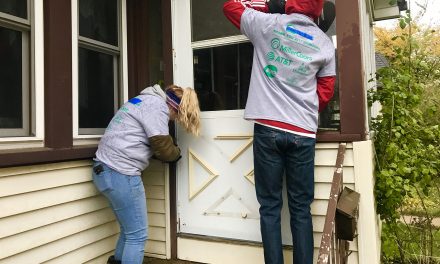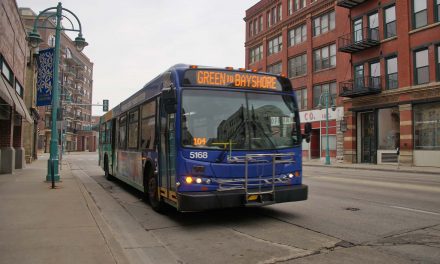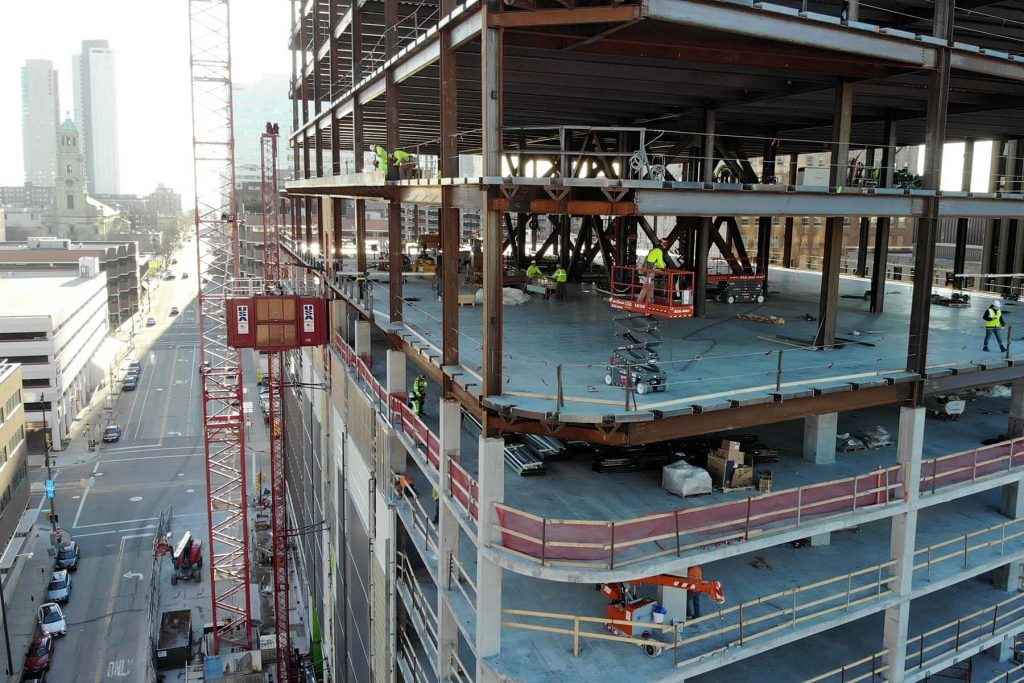
Daylight Saving Time kicks in today, and the nation’s “Fall Back” ritual brings the return of earlier sunsets and darker evenings.
A national poll, conducted by EndDaylightSavingTime.org, was taken to see if Daylight Saving Time (DST) still makes sense in modern times.
“We decided to see how the nation felt about that,” said Anthony Boldin, founder of EndDaylightSavingTime.org, the organization responsible for the poll.
The poll of 1,147 adults—which had a margin of error of 4 percent—was conducted across the U.S. October 29 through October 31. The poll found that 74% of Americans want to end Daylight Saving Time and keep the summer time year-round so that the sun sets later in fall and winter.
“We were very surprised to see the poll numbers that high,” said Boldin, “74% is a huge majority.”
But the poll result came with a twist. Americans don’t merely want DST to end, they want the later sunset time as well, not the earlier one.
“There are many problems and side effects associated with earlier sunsets and time changes,” said Boldin, “Most people like more sunlight in the evening, too.”
EndDaylightSavingTime.org, is on a mission to educate the public about Daylight Saving Time (DST). Time changes affect our health, sleep patterns, children’s focus in school, and worker productivity and safety. Problems with earlier sunsets include increases in depression (winter blues and SAD), traffic accidents, pedestrian fatalities, and more crime due to darker streets.
“There is a growing library of research showing the problems caused by time changes and early sunsets,” said Boldin. “Were Daylight Saving Time replaced with one later time year-round, there would be many benefits.”
- POLL: Likes the idea of sun setting later in winter. 84%
- POLL: Wants one time all year round. 69%
- POLL: Wants to end the practice of Daylight Saving Time? 74%
- POLL: Would sign a Petition for Congress to End Daylight Saving Time? 61%
7 facts about setting clocks back
1 – When we lose sleep, we lose money
Chmura Economics & Analytics was commissioned to create an index that looked into the real cost of changing our clocks for daylight savings time. They created this index calling it, Estimating the Economic Loss of Daylight Saving Time for U.S. Metropolitan Statistical Areas. It provides information regarding how much the time change costs each of the major metropolitan areas throughout the country. Nationwide, they found that this change is costing Americans a whopping $434 million each year.
2 – Auto Accidents Skyrocket
In the weeks following changing our clocks, the rate of automobile accidents increases. In fact, not only are car accidents costing us money, they are also costing lives. According to a 2014 study conducted by the University of Colorado-Boulder, Daylight Saving Time was responsible for 17 percent more traffic fatalities. With a ten-year sample, researchers assert that Daylight Saving Time increases fatal crash risk by disrupting sleep and reallocating that hour of ambient light away from the evenings making it harder for people driving home from work to see. The increase in traffic fatalities over the first days after the time change resulted in 302 deaths at a $2.75 billion over those ten years. Because the same figures were not found in the autumn, the researchers attributed the problem directly to Daylight Saving Time.
3 – Pedestrian Fatalities Increase, too
Not only do the rate of automobile accidents increase, but the rate of Pedestrian fatalities increase as well. One normally wouldn’t even think of Pedestrians being in more danger. But, when it is pitch dark at rush hour and it is harder to see, it isn’t just car-on-car accidents that go up, but vehicle-on-person accidents as well. In a Rutgers University study, they show that “full year Daylight Saving Time would reduce pedestrian fatalities by 171 per year, or by 13% of all pedestrian fatalities in the 5:00–10.00 a.m. and in the 4:00–9:00 p.m. time periods. Over a 10 year period, that is over 1700 pedestrian lives lost and over 1700 grieving families due to early sunsets.
4 – Workplace Injuries
Another recently uncovered outcome of changing our clocks comes in the form of workplace injuries. In industries like mining and construction, being tired can be dangerous. A 2009 investigation found that in the days following the bi-annual clock change, the rate of workplace injury spiked. These injuries often lead to worker compensation payments and other medical bills. This costs workers and businesses money. According to data from the U.S. Department of Labor and Mine Safety and Health Administration data between 1983 and 2006, more workplace injuries occur on the Monday following turning the clocks forward. If this wasn’t alarming enough, the injuries were also more severe. Changes in the amount of sleep workers get plays a large role in compromising attention to detail, and this equates to a 5.7 percent increase in workplace injuries. These injuries result in 68 percent more workdays lost to injuries. Experts assert that, perhaps, rescheduling potentially hazardous work so employees have a chance to adjust could mitigate these figures.
5 – Spike in Cyberloafing
Cyberloafing is a term used to refer to when employees who use their Internet access at work for personal use while pretending to do legitimate work. Some experts estimate the cost of cyberloafing at around $4,500 per year, per employee. While this is a year-round problem, it peaks in the days following the changing of our clocks in the spring and fall. When web traffic data from the Monday after changing our clocks is compared with typical Mondays, there is a dramatic spike in web surfing. This costs companies thousands in lost productivity. When you consider this occurs twice a year, every year it can take a significant financial toll.
6 – Spending dips after the time change
In a study conducted by JPMorgan Chase Institute, financial experts uncovered yet another unknown cost caused by changing our clocks. They found that in the switch back to standard time there is a drop in spending between 2.2 percent and 4.9 percent, depending on where you live. Additionally, this shift lasts for weeks and even months after the time change.
7 – Medical bills add up
Health risks can occur in the days and weeks after changing clocks, namely increased risk for strokes and heart attacks, and it has a big a financial toll. The medical bills associated with the spike in everything from heart attacks to suicides adds up considerably. Because many of the people who are experiencing this health risk are on government-backed health insurance, this phenomenon costs the US government money.
Written By
Anthony Boldin















